Pennsylvania State University’s Board of Trustees voted Thursday night to close seven of its 19 branch campuses, citing declining enrollments, shifting demographics, and long-term financial challenges, as per The AP.
The decision, approved by a 25-8 vote following a lengthy public meeting and hours of closed-door deliberations, marks a major shift in the university’s statewide presence.
The campuses slated for closure — DuBois, Fayette, Mont Alto, New Kensington, Shenango, Wilkes-Barre, and York — currently serve just over 3,000 students combined, representing less than 4% of Penn State’s total enrollment. The closures will not take effect until after the 2026-27 academic year, and university officials pledged that all students enrolled at the affected campuses will be able to complete their degrees within the Penn State system.
Despite the closures, Penn State will continue to operate the largest statewide campus network of any Big Ten university and any U.S. land-grant institution.
President Neeli Bendapudi addressed the university community in a livestreamed speech following the vote, describing the closures as a necessary response to national trends and long-term sustainability concerns.
She noted that Penn State has attempted to preserve the branch campuses but faced steep enrollment declines in recent years, with few signs of reversal. Local recruitment, traditionally the backbone of these smaller campuses, has become increasingly difficult as populations shrink.
The decision drew sharp criticism from some trustees and state lawmakers, particularly those representing areas home to the closing campuses. Trustee Anthony Lubrano, who voted against the plan, called the vote “the most impactful we will ever make on this board.”
“It will impact this university long beyond our years,” Lubrano said during the meeting.
Several critics argued the process lacked transparency and failed to include sufficient input from affected communities. Some lawmakers expressed concern that the closures could harm regional economies and access to higher education, especially in rural areas.
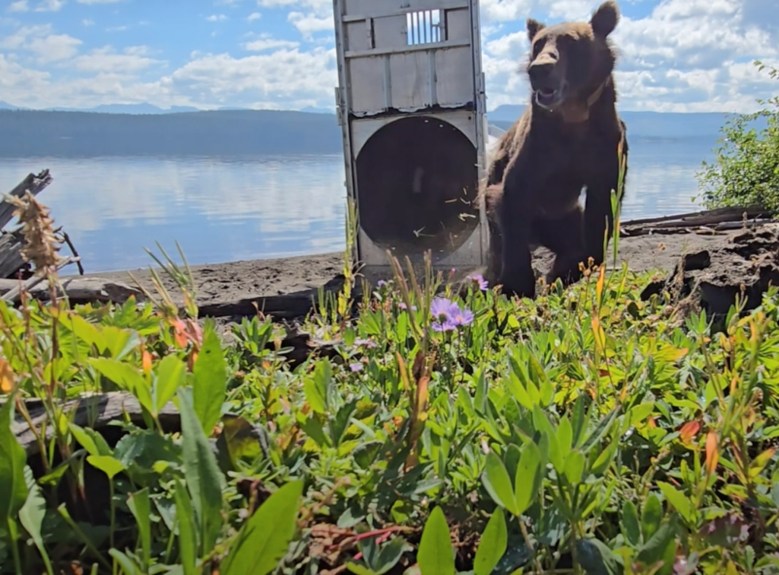
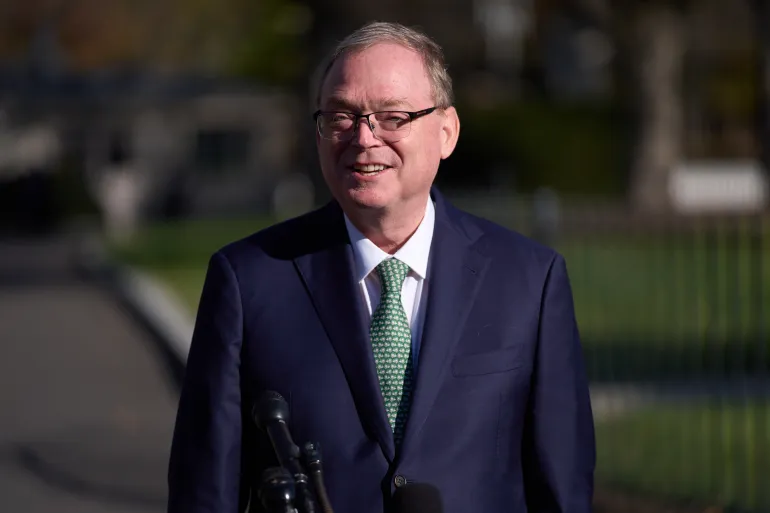
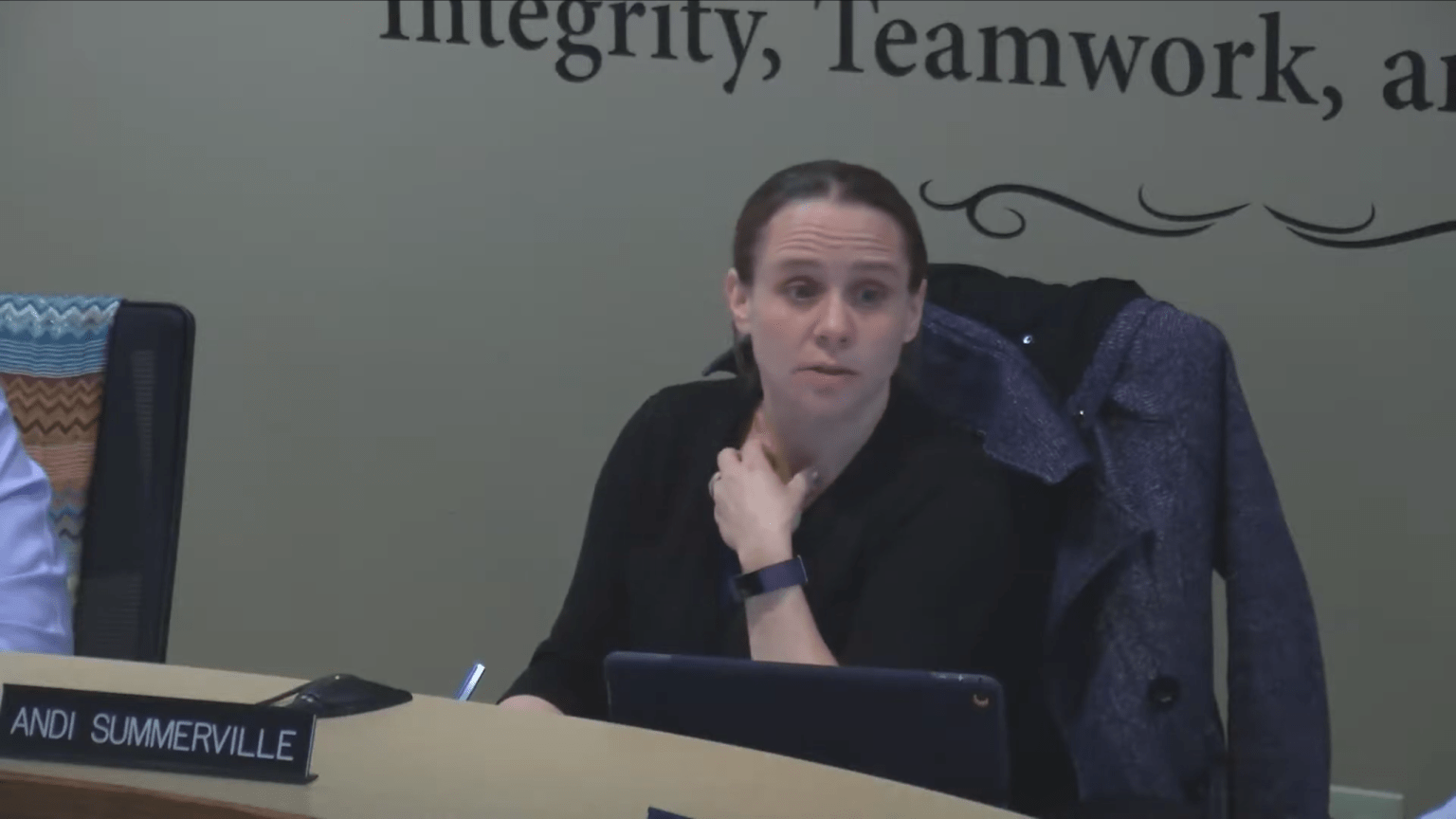
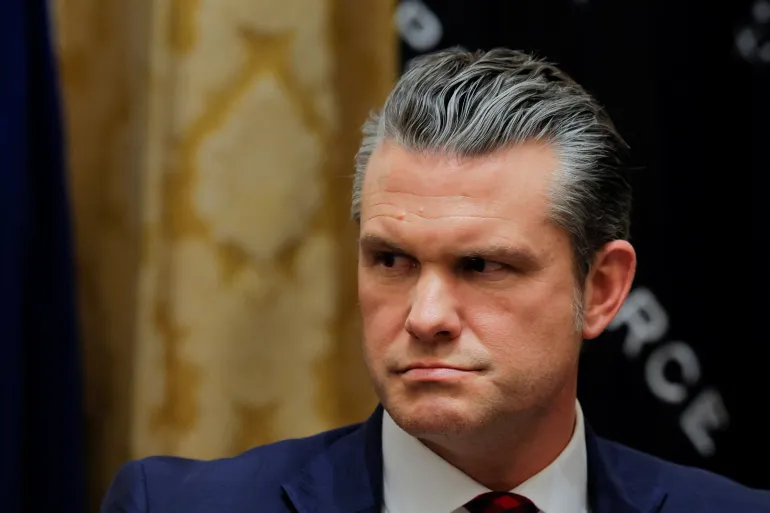
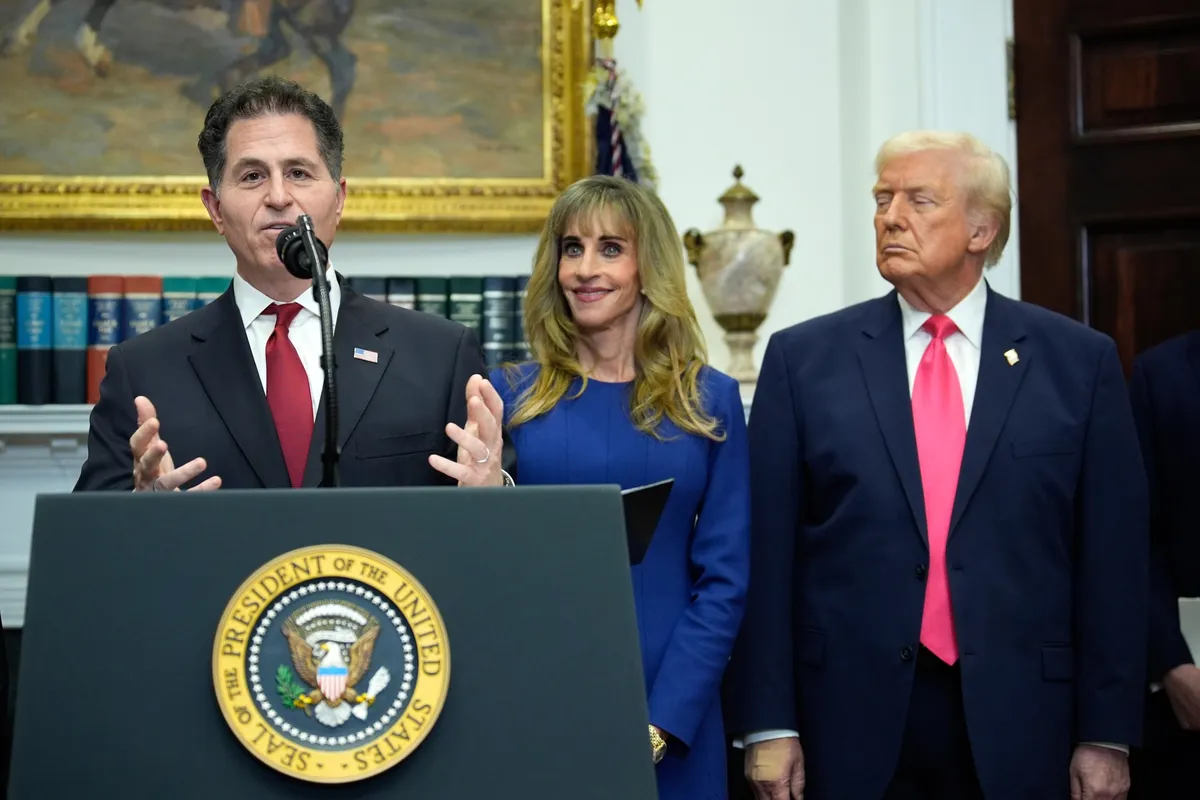
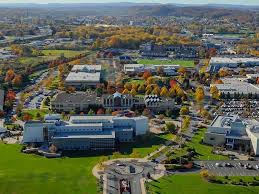



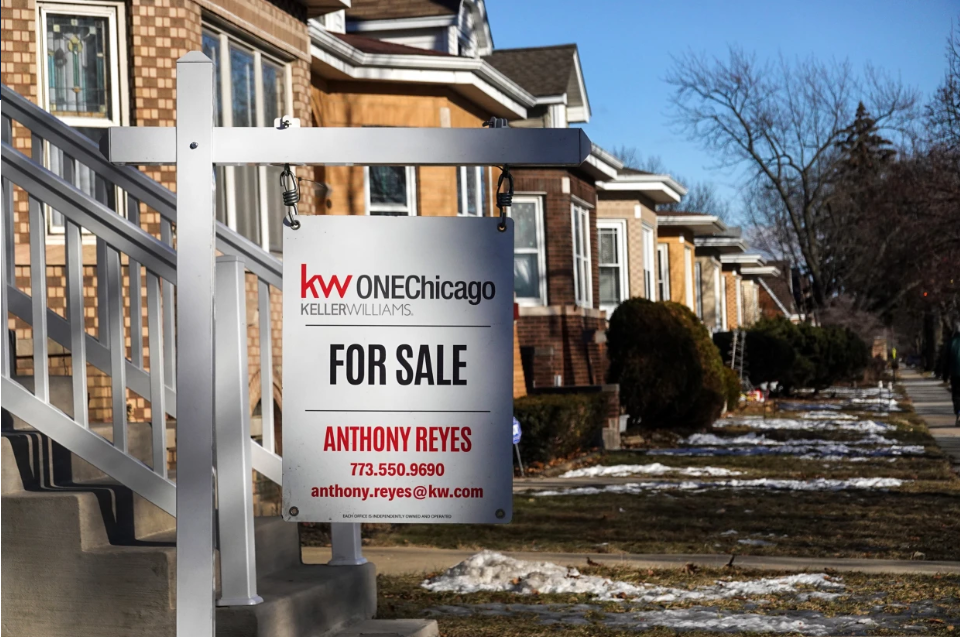
The latest news in your social feeds
Subscribe to our social media platforms to stay tuned